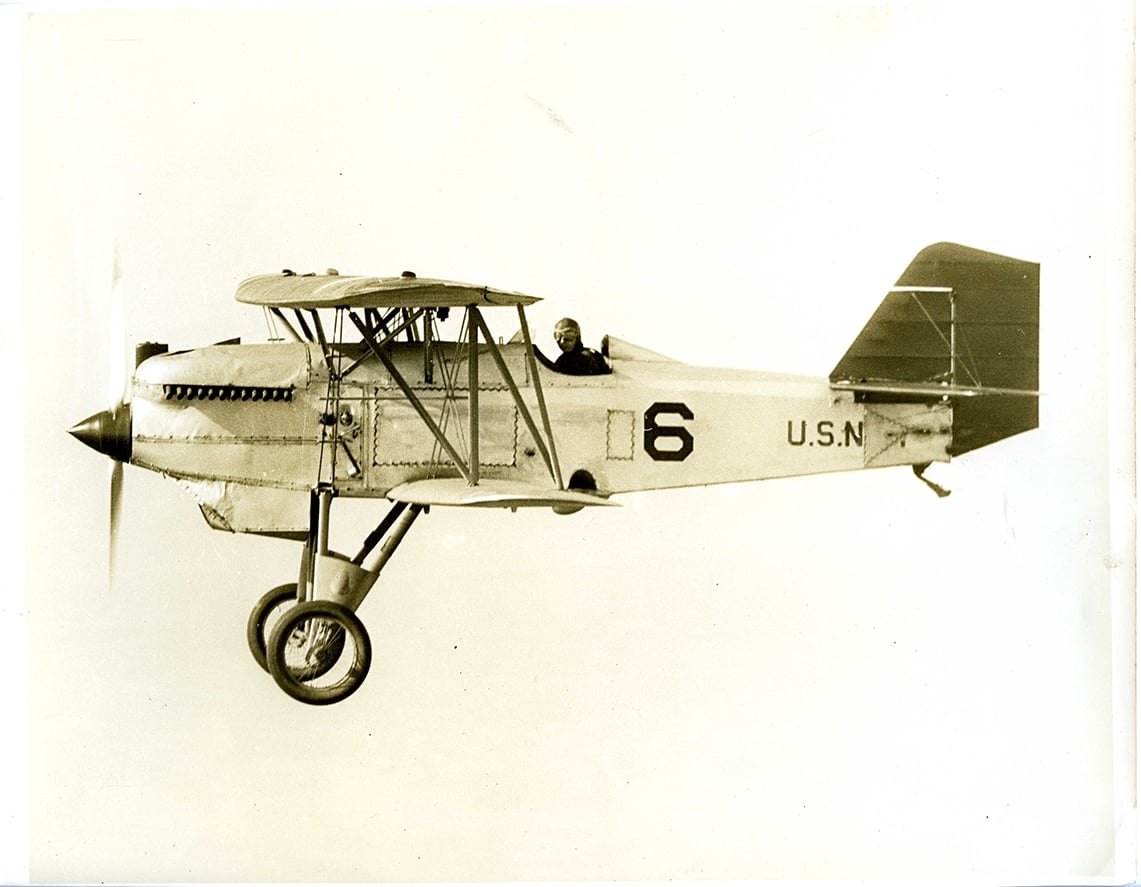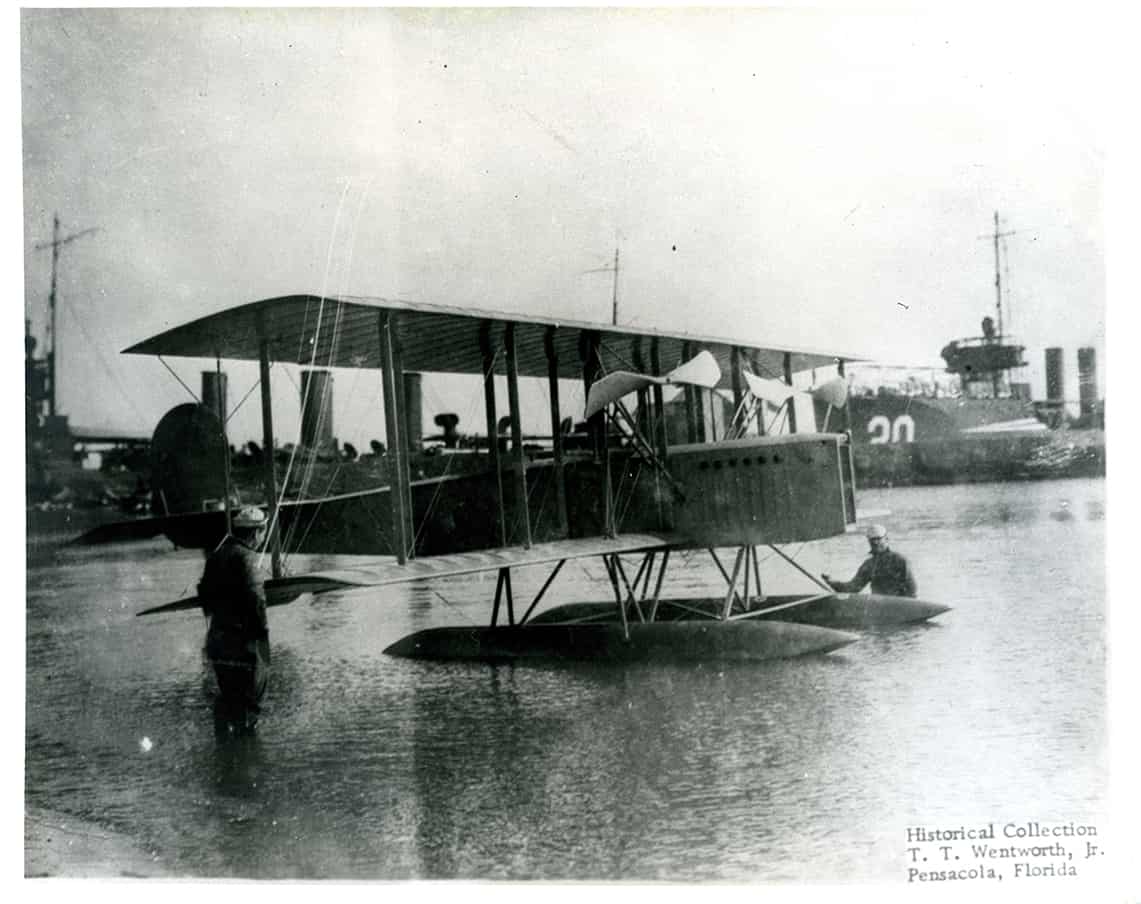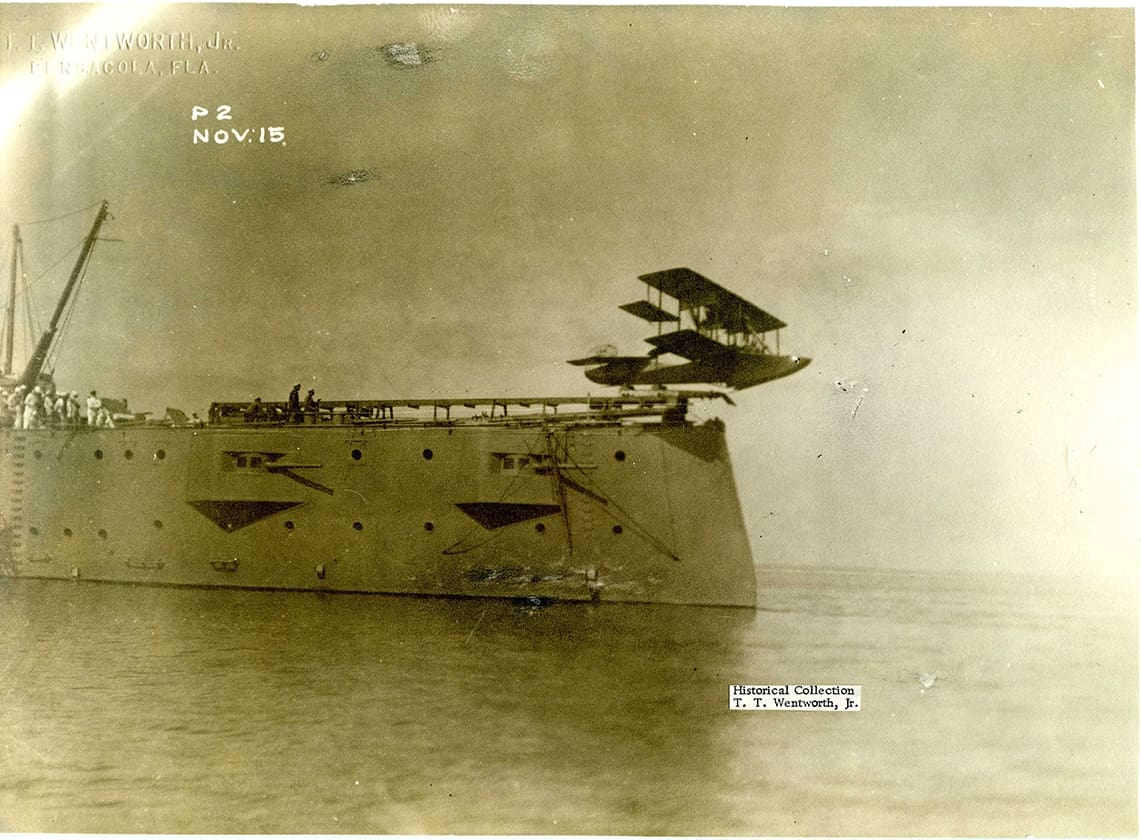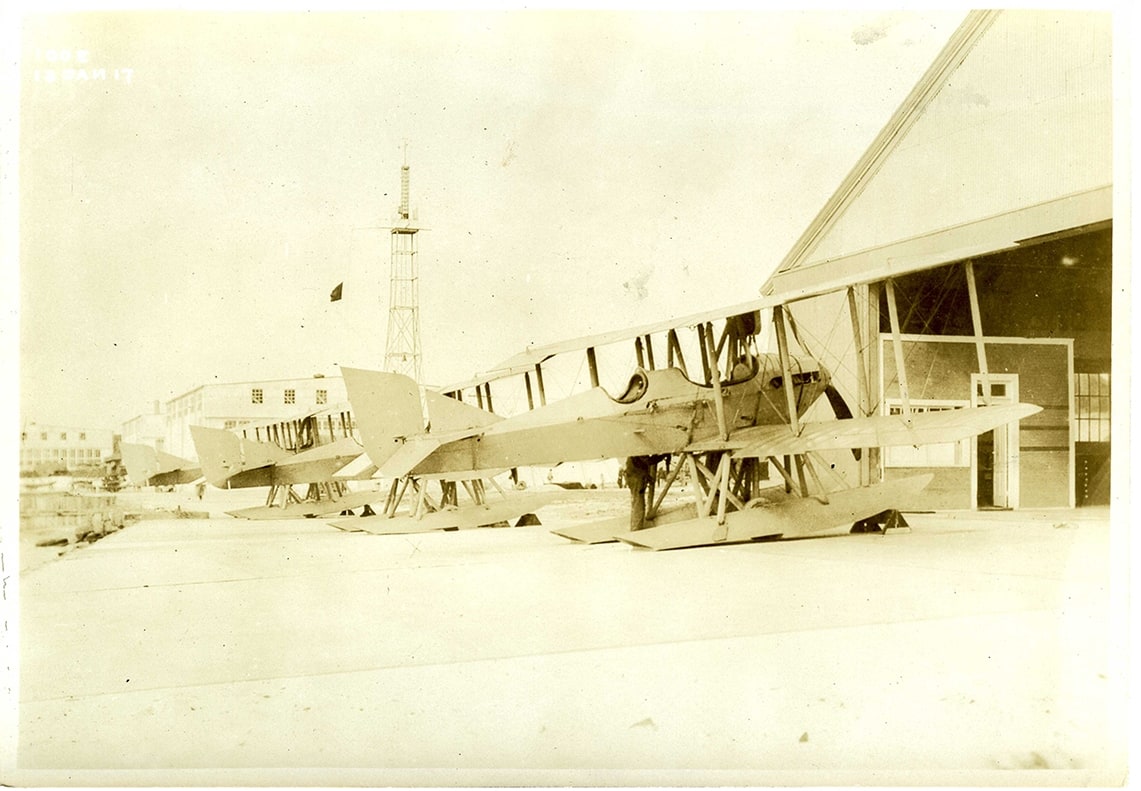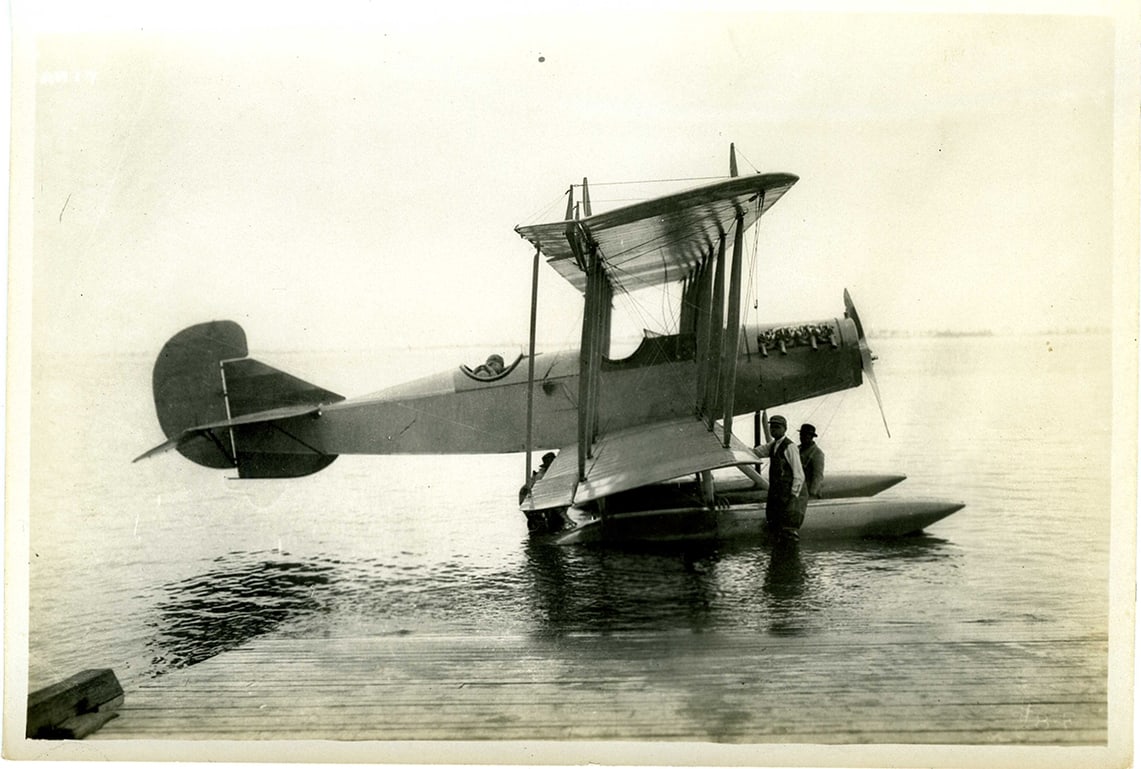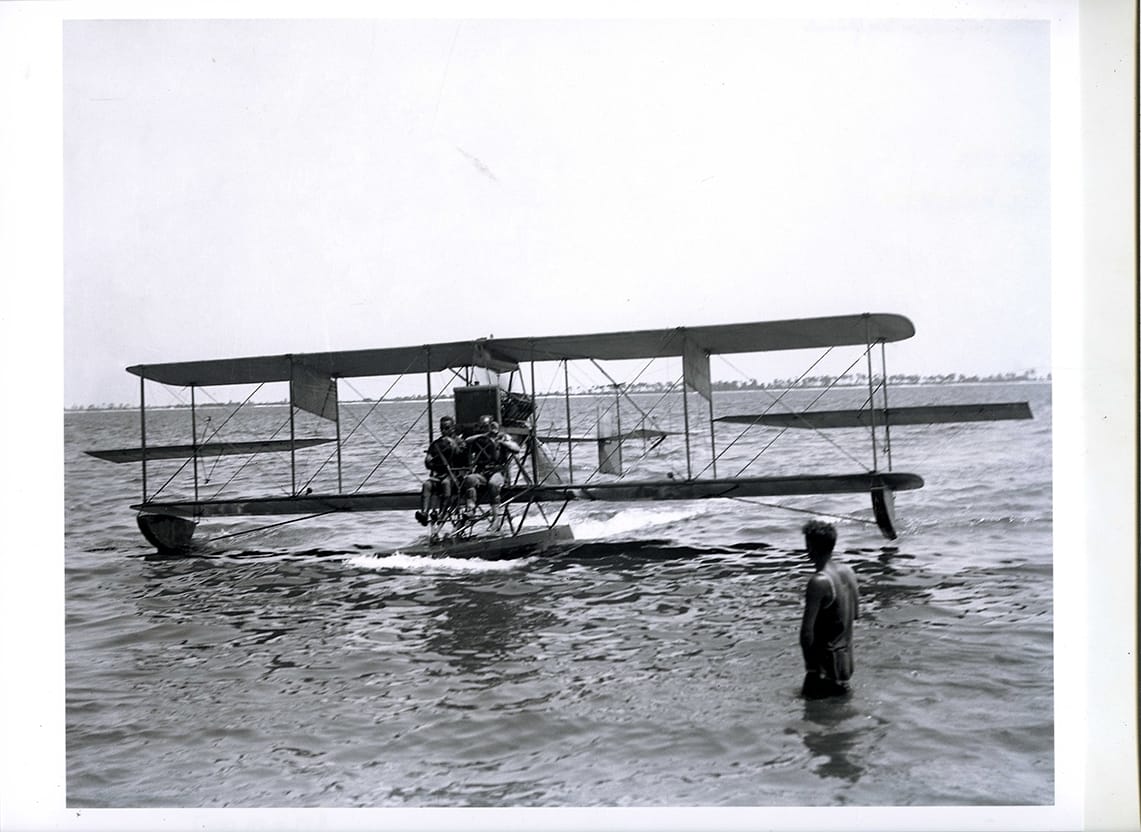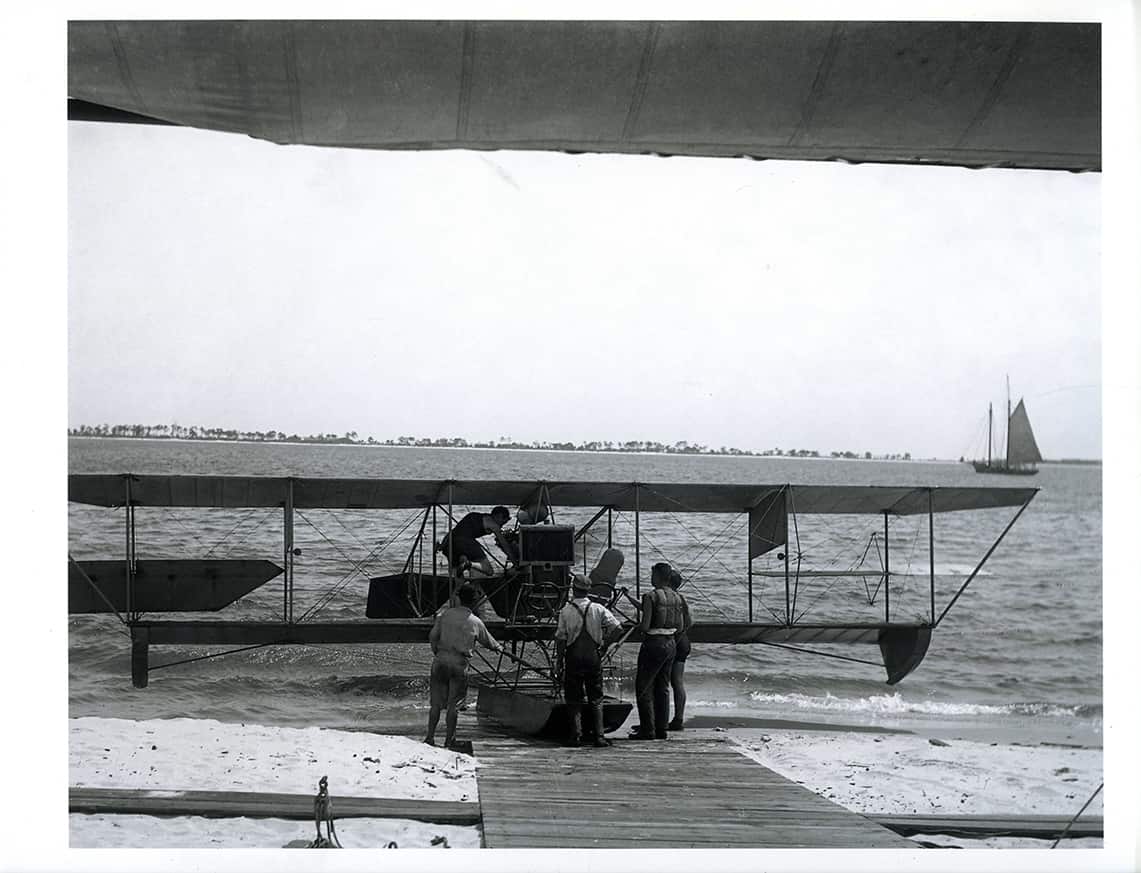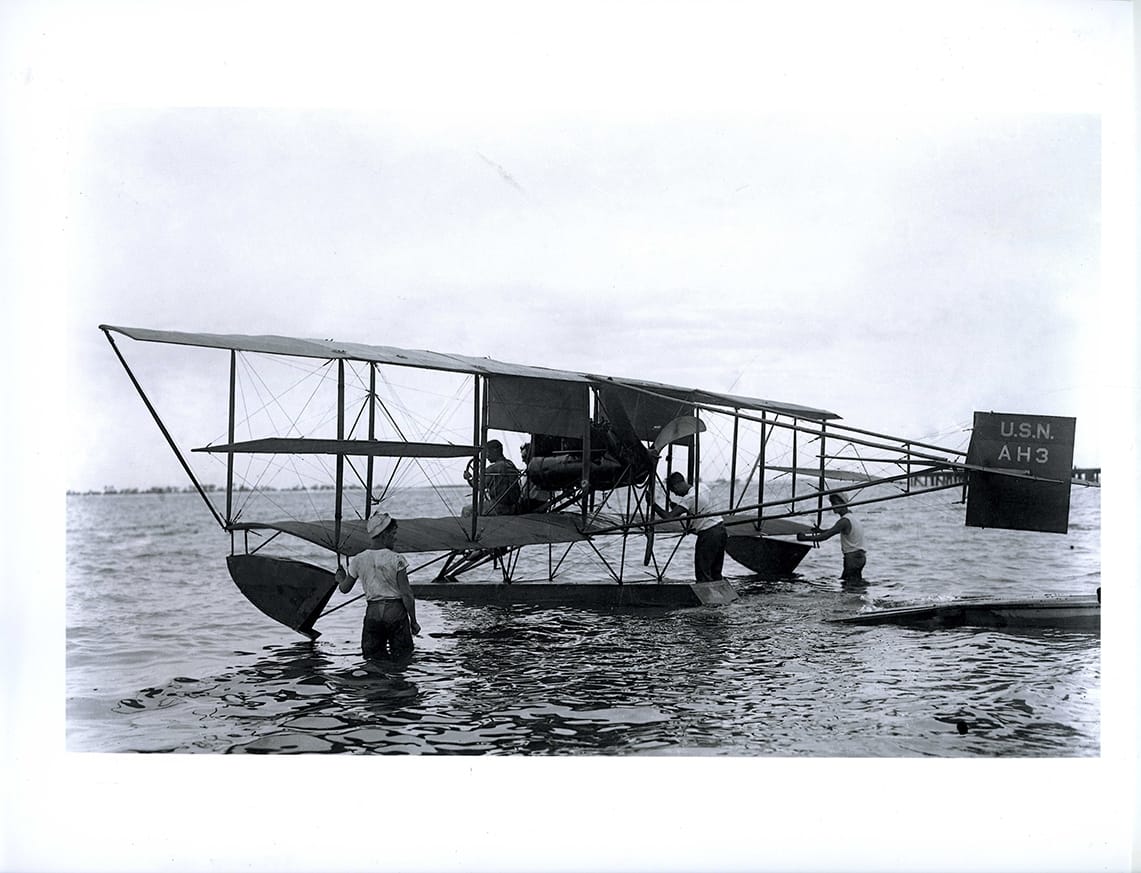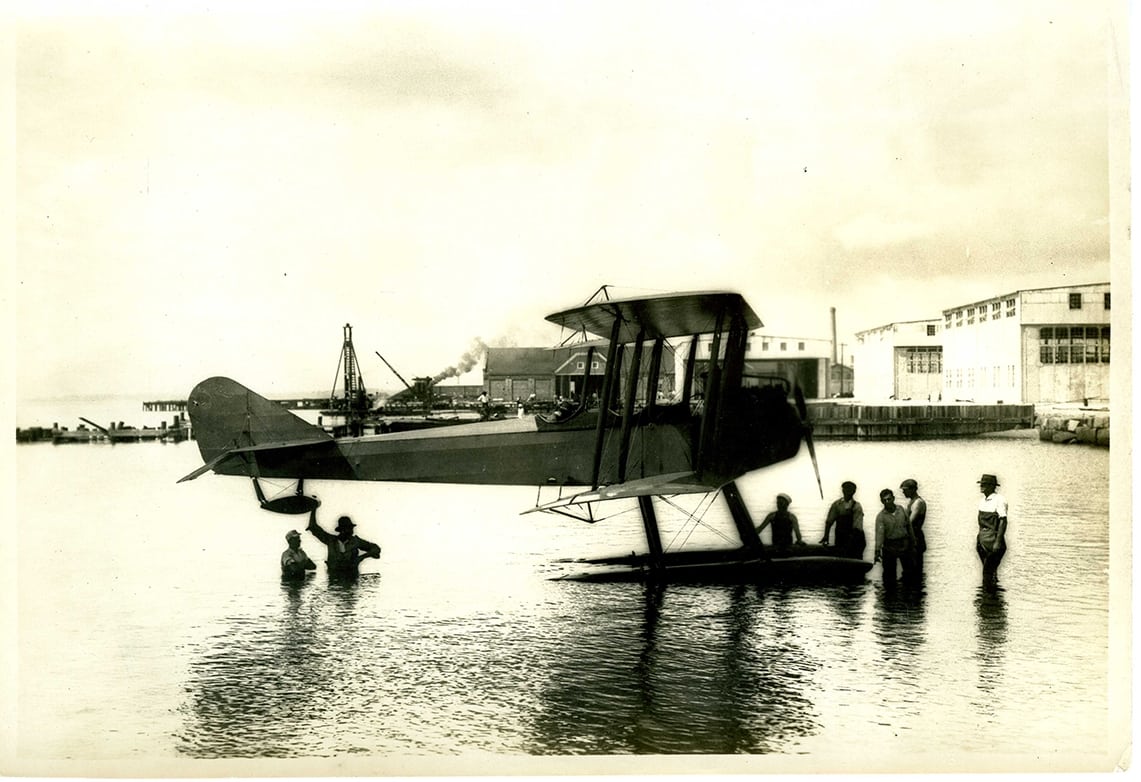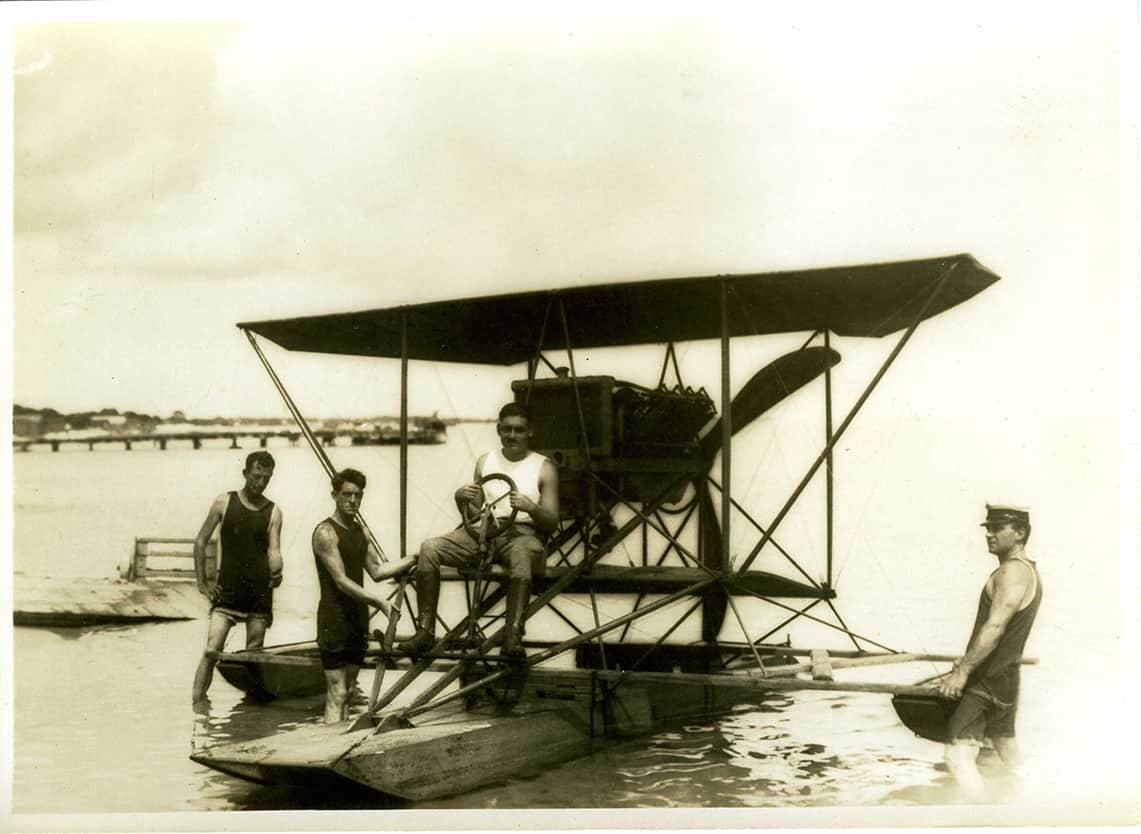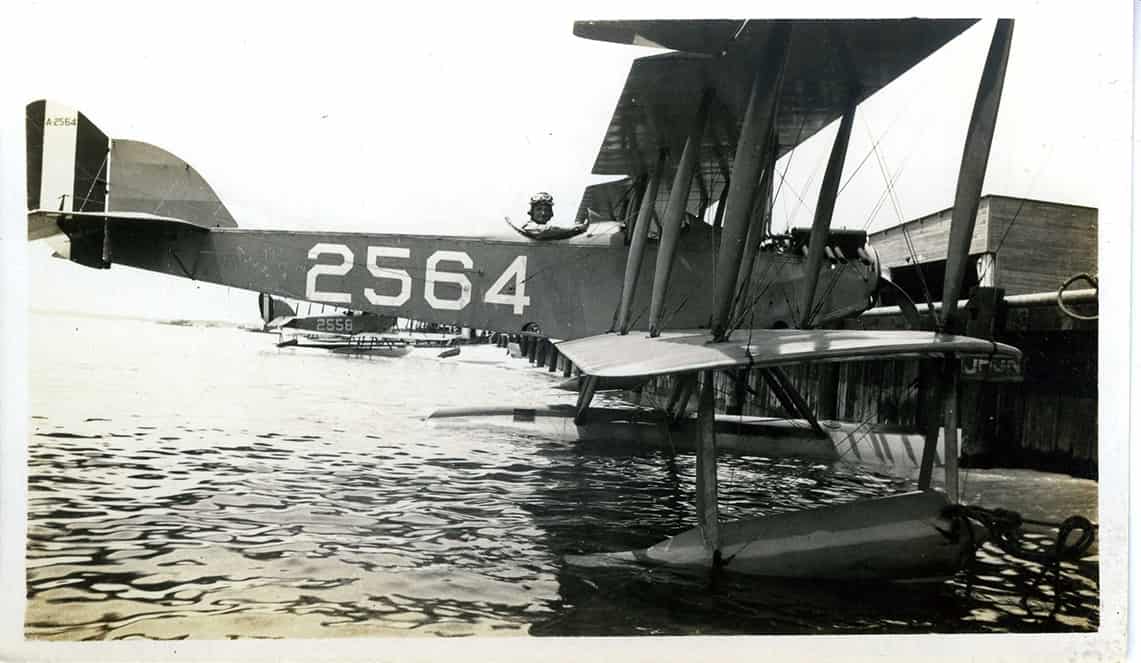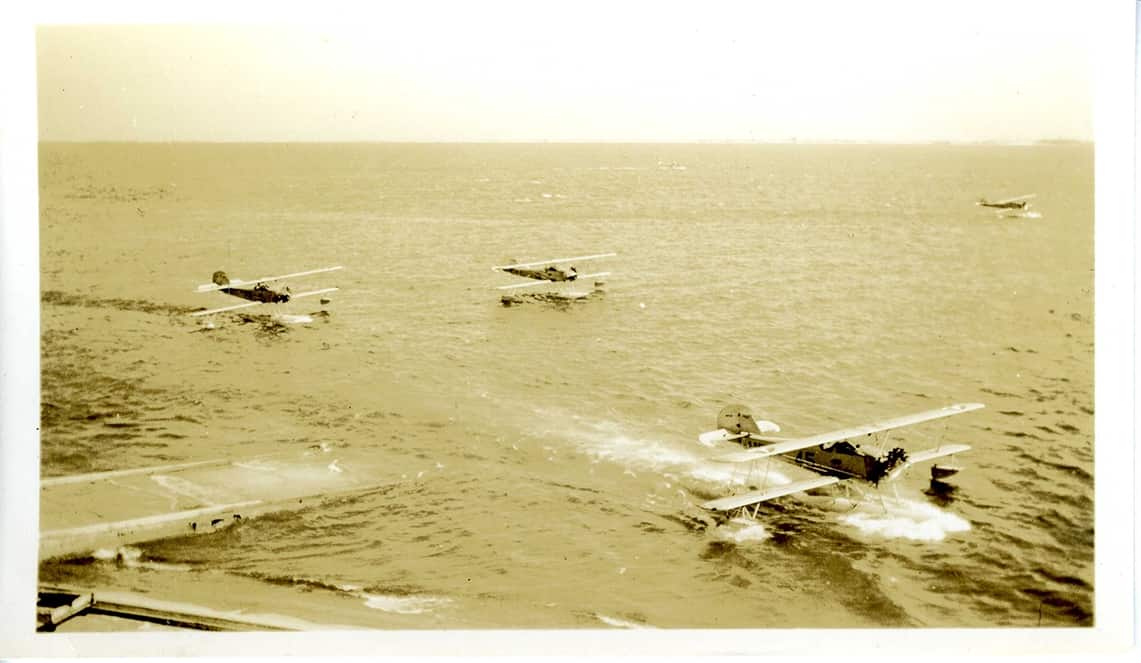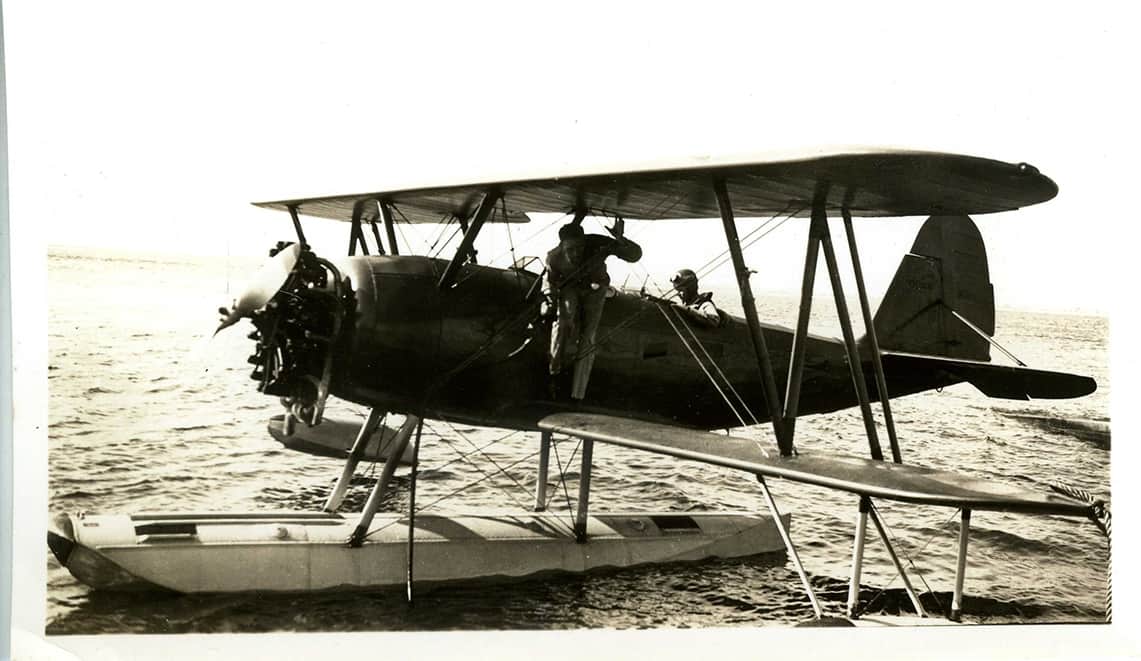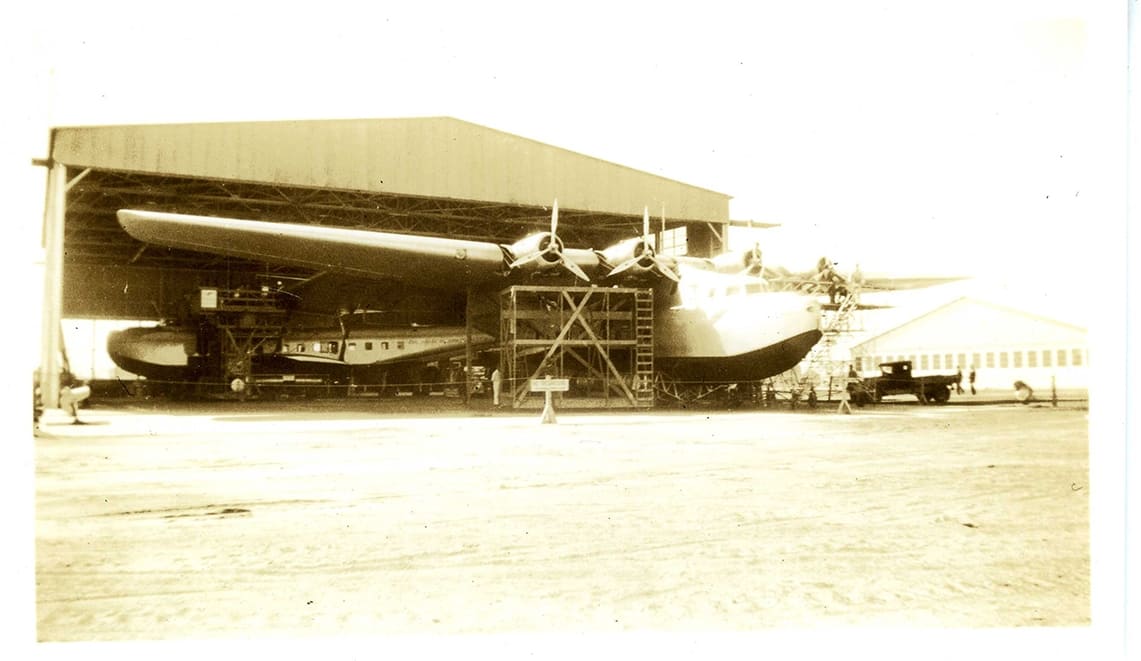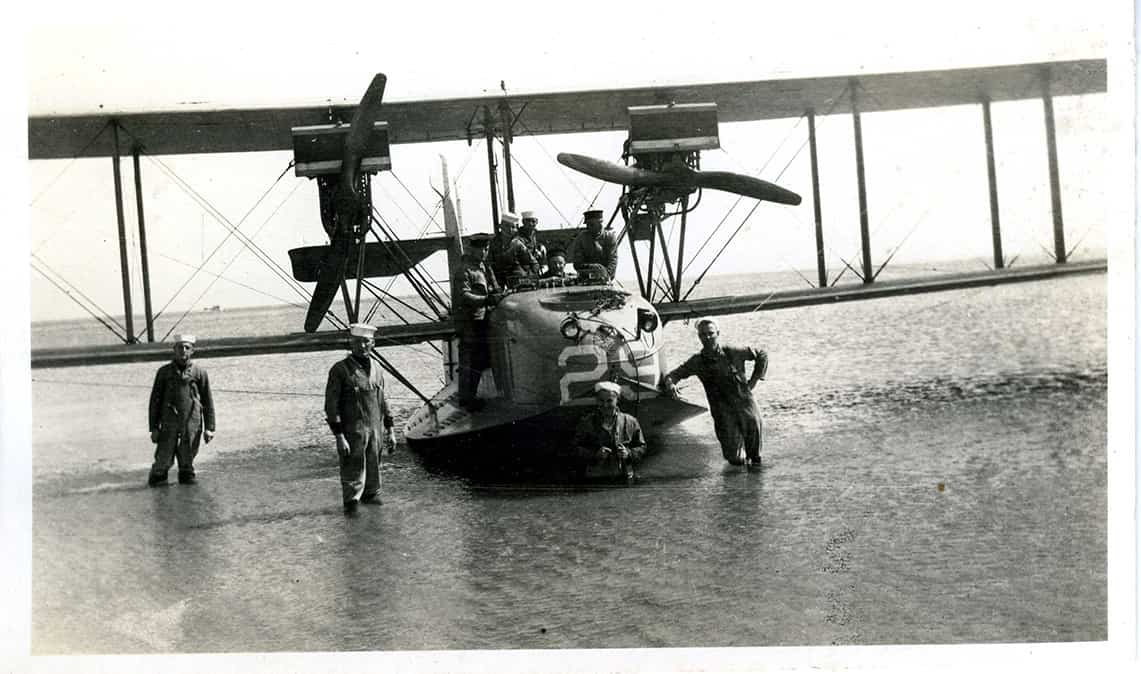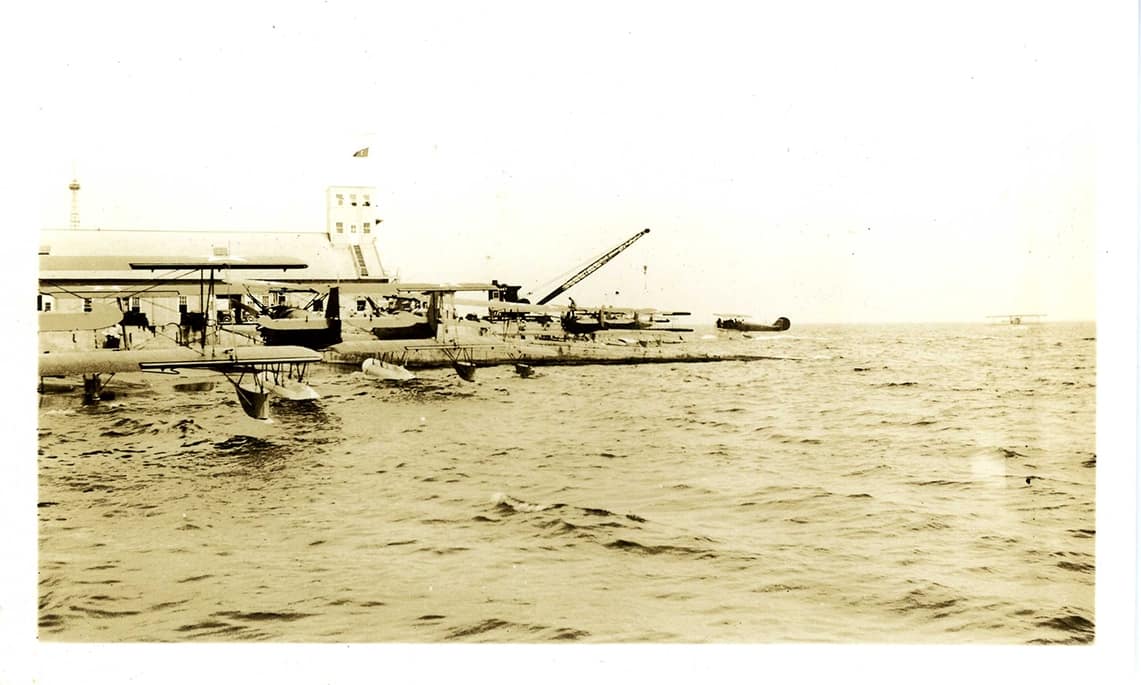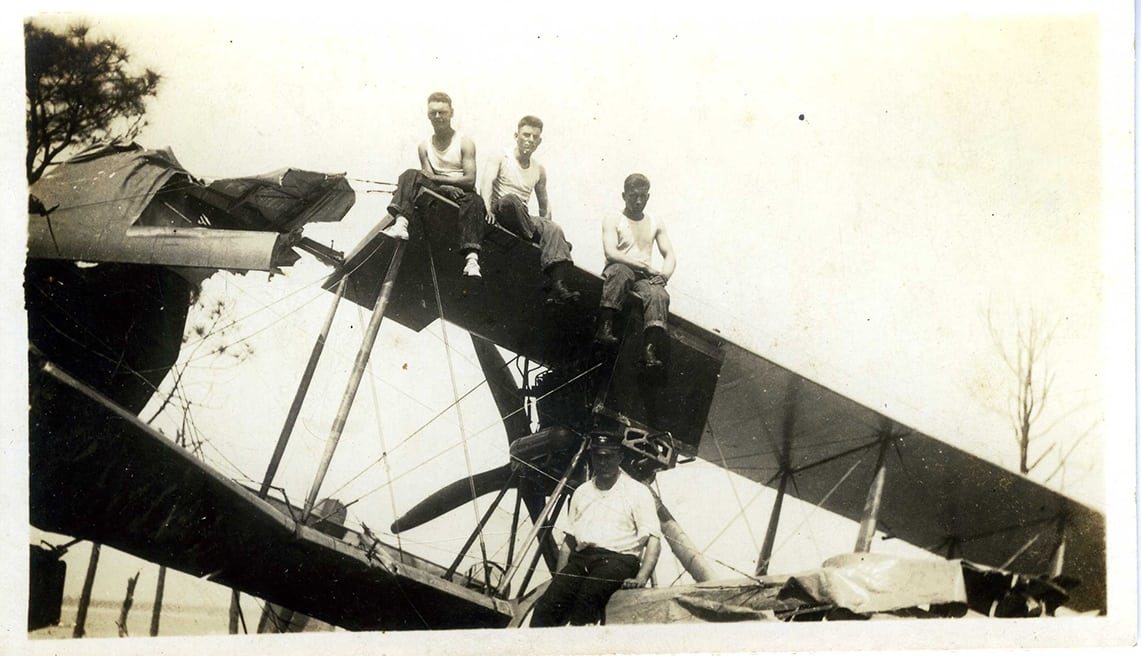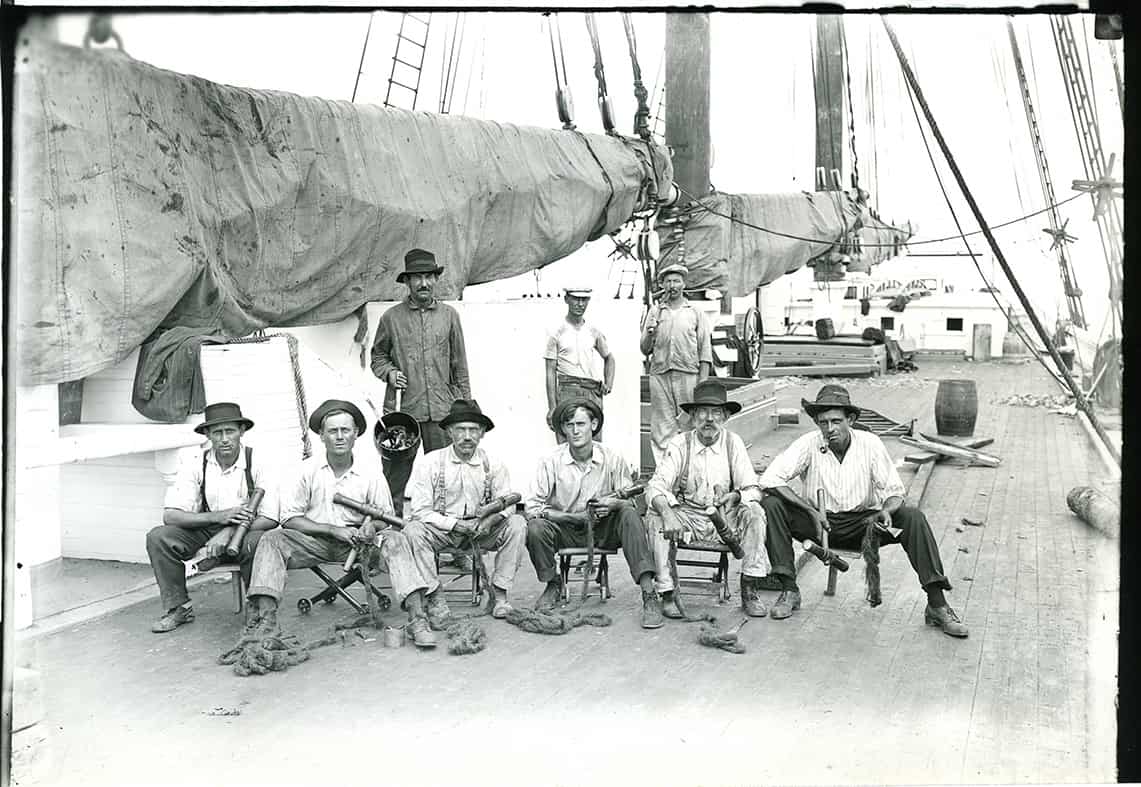
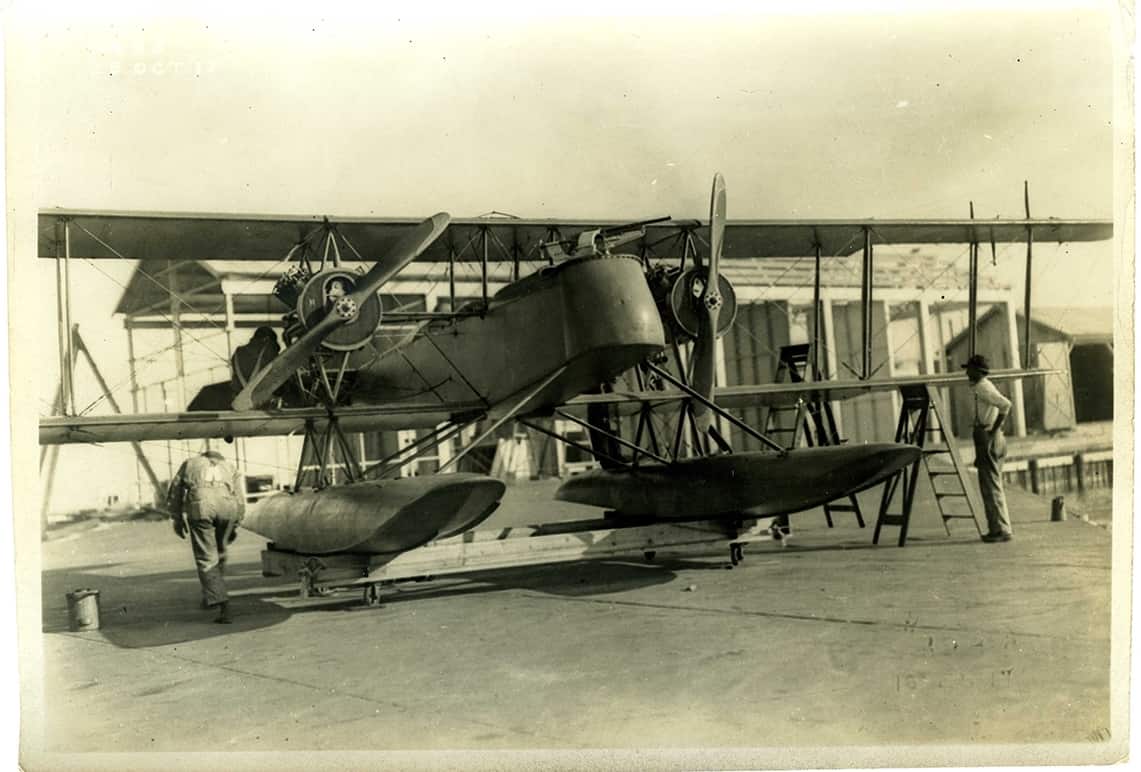
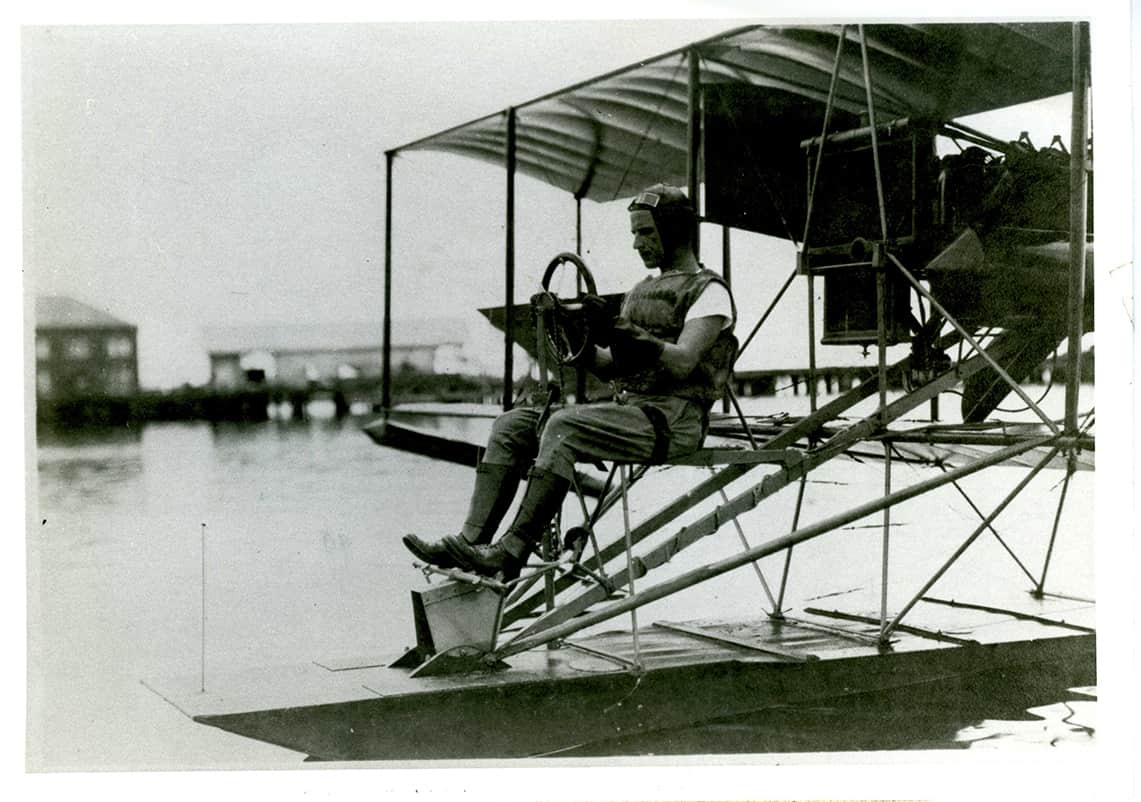
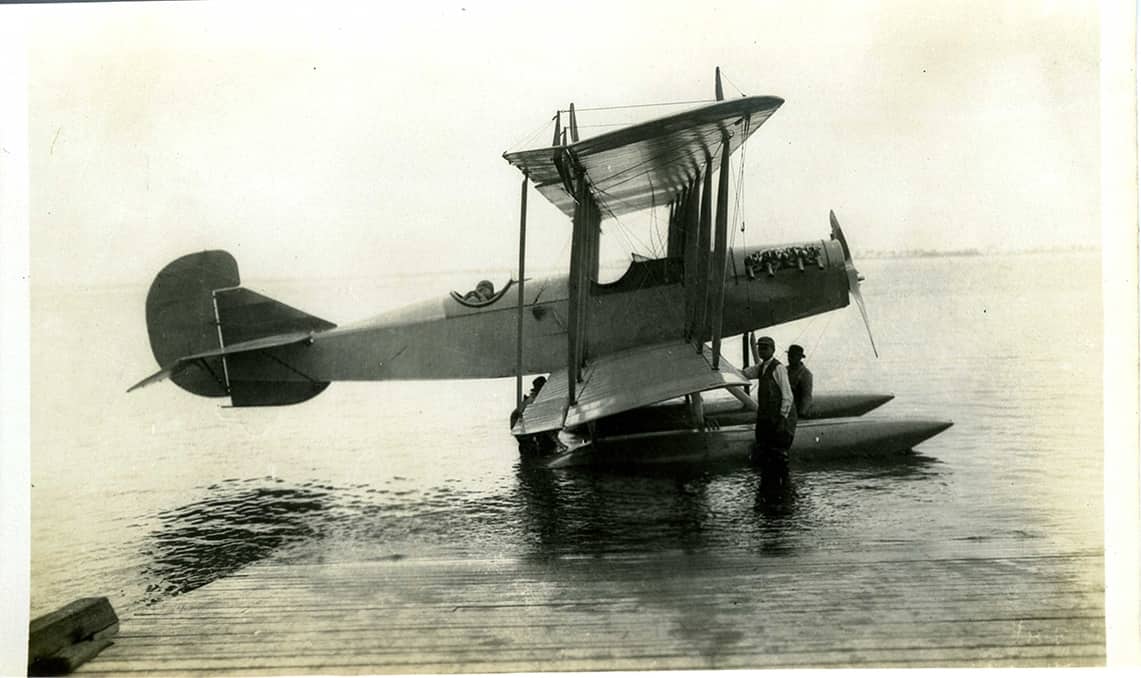 +21
+21 Pensacola Naval Aviation Circa 1909
Pensacola Naval Aviation Circa 1909
Pensacola Naval Aviation Circa 1909
Pensacola Naval Aviation Circa 1909
Pensacola Naval Aviation Circa 1909
Pensacola Naval Aviation Circa 1909
Pensacola Naval Aviation Circa 1909
Pensacola Naval Aviation Circa 1909
Pensacola Naval Aviation Circa 1909
Pensacola Naval Aviation Circa 1909
Pensacola Naval Aviation Circa 1909
Pensacola Naval Aviation Circa 1909
Pensacola Naval Aviation Circa 1909
Pensacola Naval Aviation Circa 1909
Pensacola Naval Aviation Circa 1909
Pensacola Naval Aviation Circa 1909
Pensacola Naval Aviation Circa 1909
Pensacola Naval Aviation Circa 1909
Pensacola Naval Aviation Circa 1909
Pensacola Naval Aviation Circa 1909
Pensacola Naval Aviation Circa 1909
Pensacola Naval Aviation Circa 1909
Pensacola Naval Aviation Circa 1909
Pensacola Naval Aviation Circa 1909
Pensacola Naval Aviation – On Nov. 14, 1909, six short years after the Wright brothers made aviation history in Kitty Hawk, North Carolina, a strange, new headline appeared in The Pensacola Journal. Albert Rhodes of the 13th Coast Artillery and Major George Gossman – a doctor with the Army Medical Corps – had been hard at work, collaborating for months in an attempt to perfect a flying machine that they hoped would help in aeromedical evacuations.
Confined to the borders of Fort Barrancas – now a National Historic Landmark located inside the grounds at Naval Air Station Pensacola – Rhodes and Gossman worked for a short period in 1910 attempting to perfect their creation. The first tests were done by hauling the unpowered machine behind a touring car, reaching a certain speed, and allowing the contraption to glide in the air as Rhodes piloted. Their best attempt came with a motorized version that rose to 150 ft for 500 yards before the U.S. Army refused Gossman’s request for additional funding later that year.
The Cradle of Naval Aviation
Even with the success of other first-generation flyers, such as Nels J. Nelson – pilot of the first-ever successful flight over the city on Thanksgiving Day, 1911 – it wasn’t until years later that aviation truly arrived in the area. According to Commander Leo F. Murphy, in his book Flying Machines Over Pensacola, it was the 1914 arrival of “the entire fledgling Naval Flying Corps, aeroplanes and men,” that put Pensacola on track to being known worldwide as the “Cradle of Naval Aviation.” Murphy goes on to remark how awesome these first flights must have seemed to Pensacolians of the day – with most of the world having never even seen an aeroplane before. By early February 1914 naval aviators were regularly flying, “to the thrill and delight of Pensacolians,” who would often gather in large groups to watch the fledgling machines soar overhead.
The Unforgiving Side of Naval Aviation
An event a few short weeks later, however, would also show these same revelers the unforgiving side of early aviation. On February 16, Lt. (Junior Grade) James Murray -flying a D-1 Burgess flying boat over Pensacola Bay stalled, dived, and crashed to his death from an altitude of 200 feet, drowning within sight of hundreds of stunned spectators. This, and other such unfortunate accidents, would show locals the dangers of the new technology – fragile and unforgiving in its infancy. In the following years, naval aviation would prove itself more dangerous still, with “25 young men… killed and 27 wounded” around the Pensacola area from that first February death in 1914, until the end of World War I on Nov. 11, 1918.
World War I
It is also worth noting that, during the First World War itself, it was naval aviators from Pensacola who were “the first American armed forces to arrive in Europe after war was declared.” The First Aeronautic Detachment, “comprised of seven officers and 122 enlisted men, mostly from Pensacola… set aboard two Navy colliers – the USS Jupiter and USS Neptune – arrived in Pauillac, France in June 1917.” As the war progressed, Pensacola’s mission in the States changed as well, and the area began to conduct more advanced training instead of functioning as the introductory learning post of first-time flyers.
Post-War Aviation
After the war, many military pilots moved on to civilian enterprises, such as J. Albert Whitted. Whitted, one of the first two-hundred-and-fifty pilots ever commissioned in the Navy, began a commercial seaplane business in October 1919 – operating out of a slip at the rear of the Pensacola Yacht Club. Unfortunately, tragedy would strike yet again, and Whitted and his four passengers were killed in a crash. Their deaths and the subsequent coverage of the event in The Pensacola Journal would lead to more government regulations of commercial airplanes. Still, many more would-be flyers would follow, allowing the same natives who had watched the naval exercises over the city in the first years to finally join in “the thrills of flying.”
The following decades saw a great proliferation of commercial airlines, airmail services, and stunt flyers in the area, along with the creation of Kiwanis Field, Pensacola’s first airport. Over a hundred years later, it seems strange to look back at such modest experiments in flight as being so influential. Still, it was those humble tries, conducted by pioneers such as Rhodes and Gossman, that opened the Pensacola area so widely to the possibilities of heavier-than-air travel, and led to a boon in naval aviation that continues to this day.



